
views
Planting a Lemon Myrtle Tree

Take a clipping from an established lemon myrtle. Cut a stem off the main bush of a healthy lemon myrtle, just below a leaf node that's on a branch with new growth. Longer cuttings develop a more extensive root system, so try to take a cutting that's about 15 centimetres (5.9 in) long. The best time to take a cutting from a lemon myrtle is in the spring when there's visible new growth. You may be able to purchase clippings from a garden store if you don't have a lemon myrtle tree available to you. The seeds of a lemon myrtle tree have a very low germination rate, so new trees are almost always cultivated from cuttings.
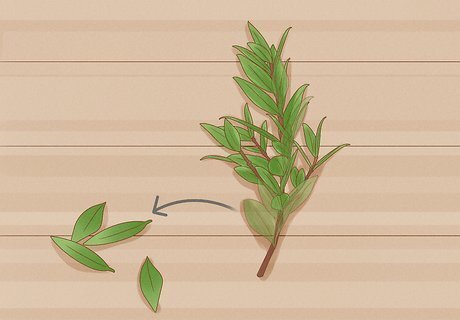
Strip the leaves off the bottom half of the cutting. By removing the lower leaves, you will encourage root and foliage growth. This will help your lemon myrtle establish itself more easily.
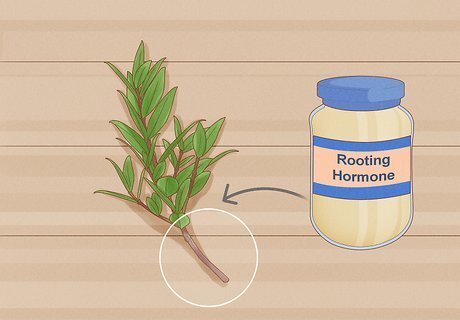
Dip the end of the cutting in a rooting hormone for a greater chance of success. A cutting from a lemon myrtle will grow roots on its own, but a rooting hormone will help speed the process. Rooting hormones are available at most garden stores and will create a much stronger root system for your tree.
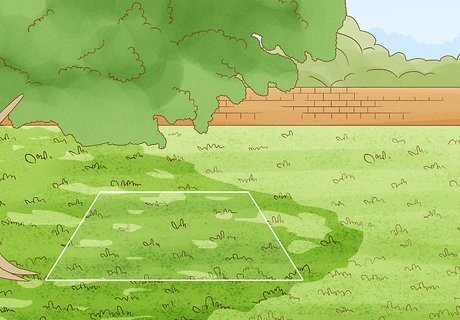
Choose a location for your tree that's partially shaded. Lemon myrtle prefers to be protected from the full sun, especially when it's young. However, if you live in a mild climate, the plant will tolerate full sun.
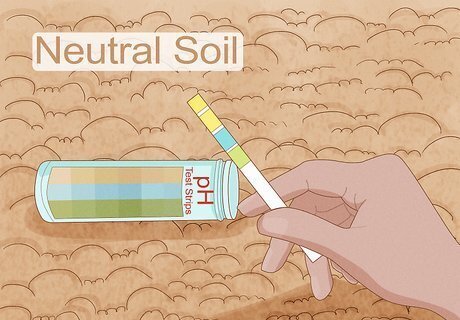
Use pH strips to measure the pH level in the soil and adjust if needed. Use a pH strip to measure the pH level of your garden soil, then compare it to a pH color chart to determine whether your soil is acidic, neutral, or alkaline. Lemon myrtle grows better in neutral soil than it does in acidic soil, and alkaline soil can cause the leave to turn yellow. Warmer colors typically mean an acidic reading. If your soil is too acidic, you can raise the pH by adding a base like limestone or wood ash to the area where you want to plant your tree. Cooler colors usually mean the soil is alkaline. If your soil is too alkaline, you may be able to lower the pH by adding sulfur or aluminum sulfate to your soil. Both are available at home and garden stores.
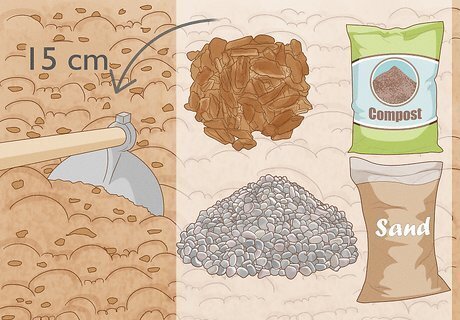
Add rocks and organic material to the soil to fix poor soil drainage. Lemon myrtles do not like to be waterlogged. If your garden is prone to standing water, try adding a mixture of small rocks, wood chips, compost, and sand in a 15 cm (5.9 in) layer to increase soil drainage.
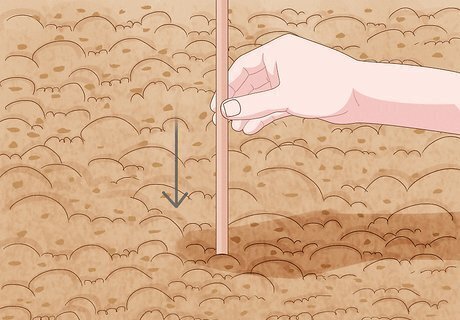
Use a stick to make a hole in the ground and place the cutting in the hole. If you push the cutting into the ground, you may damage it. After you place the cutting in the hole, press the dirt around the cutting securely. You can either plant your cutting in a pot or directly into the garden. A pot will allow you to bring your cutting inside as it grows into an established tree, but you will need to transplant it into your garden once it outgrows the pot.
Caring for Your Lemon Myrtle
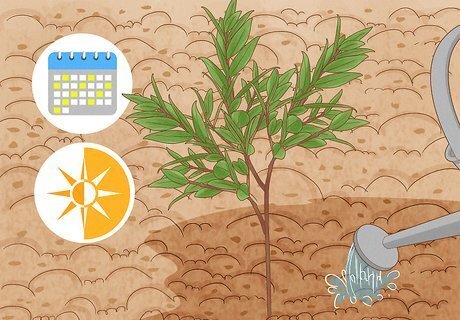
Water your young lemon myrtle whenever the soil seems dry. It's important to keep your lemon myrtle hydrated throughout the entire year. The young trees especially can not tolerate drought, so water your plant regularly during the dry months of the year. During the driest months of the year, check the soil every 2-3 days and water until the ground is saturated but not flooded. After about 3 years, the lemon myrtle will be established and will be able to recover quickly from dry periods.
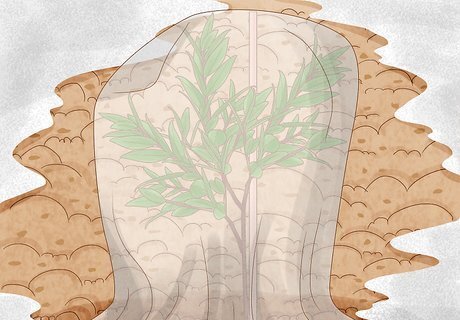
Cover your tree to protect it from frost during cold weather. Established lemon myrtles can tolerate some frost, but they will not produce as many leaves or flowers as trees which are grown in frost-free regions. Cover your plants with sheets or a plastic tarp if the temperatures will drop below the freezing mark. You can remove the plastic once the weather warms up.

Prune your tree regularly in the first few years to manage its shape. If you want to use your lemon myrtle as a hedge, prune the tree from the top. If you want it to be a tree, trim the lower branches off as they grow. Established trees may still need occasional pruning in order to increase their yield.
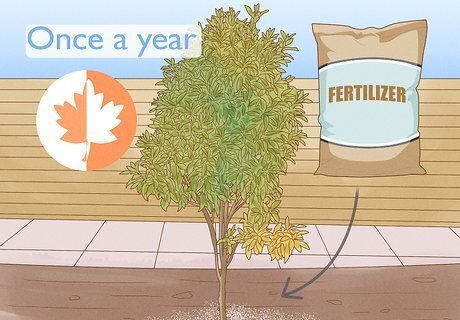
Fertilize your tree once a year with a nitrogen-based fertilizer. Nitrogen is responsible for plant growth, so you can keep your tree healthy and strong by applying an annual fertilizer. Read the label on your fertilizer for information on how much to use and when to apply. It's best to apply fertilizer in the fall. This is when plants naturally absorb nitrogen, and it will be stored until spring when your tree is naturally entering a period of growth.
Dealing with Myrtle Rust
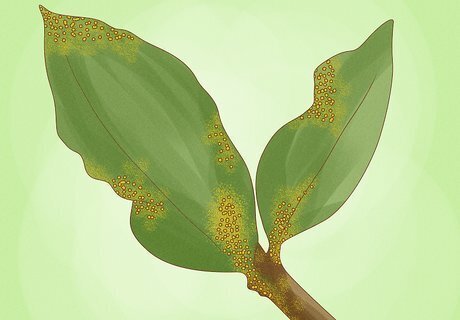
Look for raised spots that are brown or grey with a reddish-purple ring. These are the earliest signs of myrtle rust, an infectious disease which can eventually kill the plant. You may also notice clumps of bright orange or yellow spores on the leaves, shoots, or stems of the plant. Young myrtles are especially susceptible to myrtle rust.
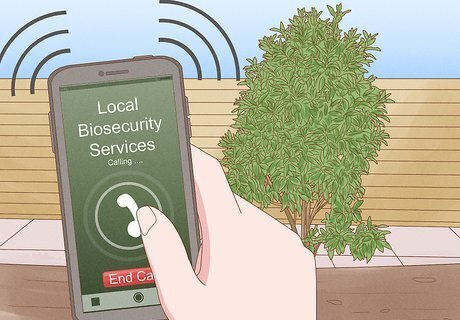
Call and report signs of myrtle rust to your local biosecurity service. Since myrtle rust spreads so quickly, it's become a concern to the wildlife of Australia and New Zealand. If you see any signs of myrtle rust in Australia, call the Department of Primary Industries, Parks, Water, and Environment (DPIPWE) at 1800 084 881 to reach the biosecurity service in your state. In New Zealand, call the Ministry for Primary Industries at 0800 80 99 66. Lemon myrtle has been cultivated in South Africa and the southern United States, but no information is available on reporting myrtle rust for these areas.
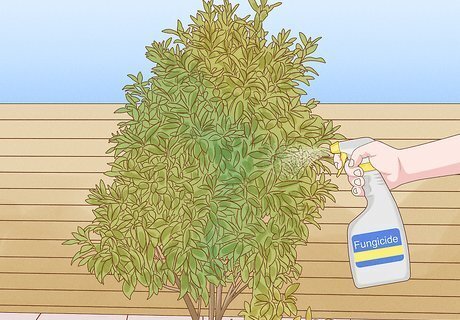
Treat the myrtle rust with an approved fungicide. In Australia and New Zealand, where lemon myrtle is most common, special permission to use certain fungicides has been granted to the public. One application is usually enough to treat myrtle rust. Approved fungicides contain copper oxychloride, mancozeb, or triforine as their active ingredient, and they must only contain one of these.















Comments
0 comment